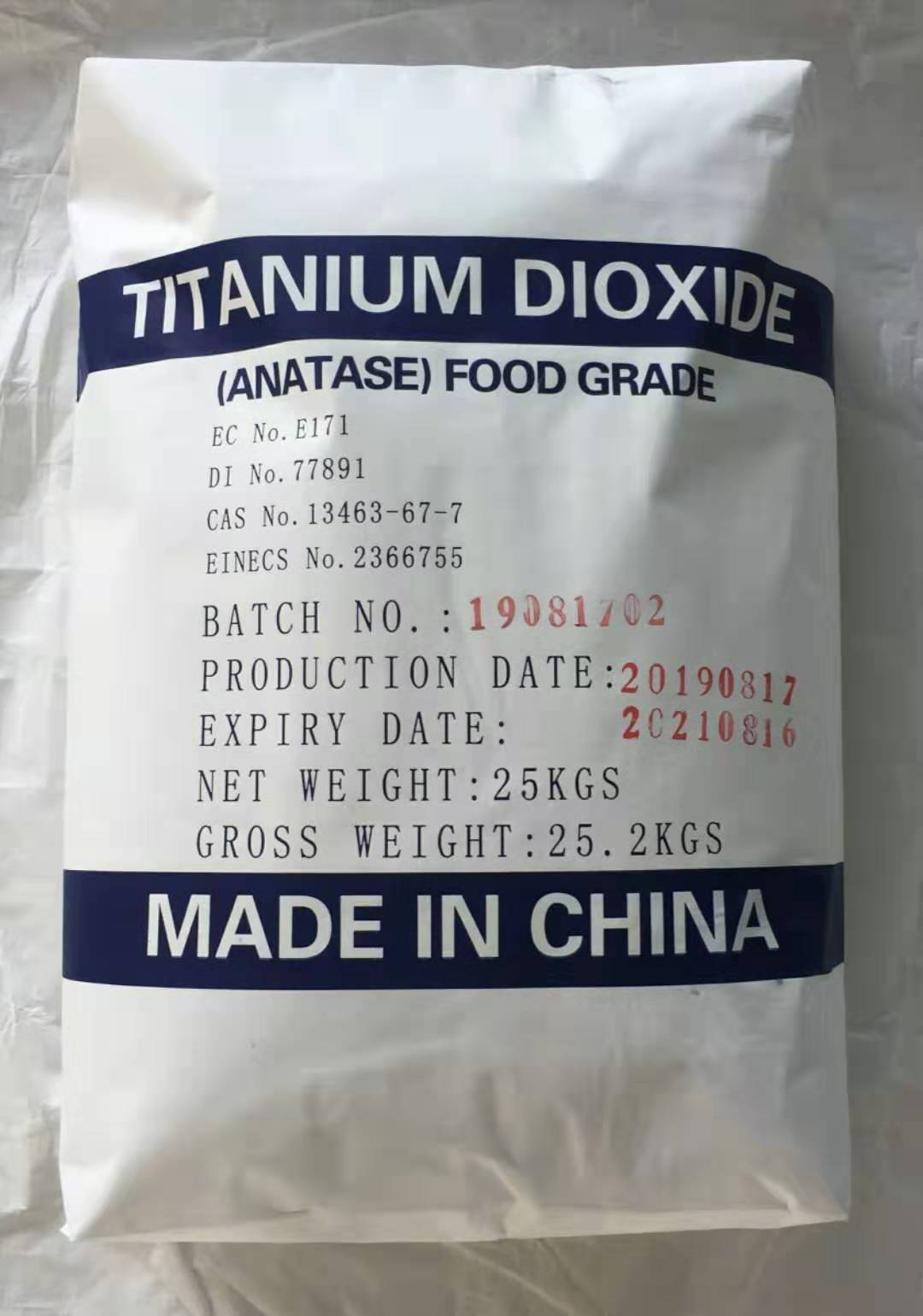

But unlike G3 and G2, this aluminum alloy contains 0.8% nickel and 0.3% molybdenum. Grade 12: Same as G2 and G3 titanium alloy, Grade 12 also offers an enhanced resistance to corrosion. Grade 11 is comprised of 0.12-0.25% palladium. Grade 11: Titanium G11 is highly resistant to corrosion, and comes with similar mechanical and physical properties such as of Grade 2.

This grade is commonly used athletic equipment, aircraft tubing and hydraulics. G9 is a compromise between manufacturing of the ‘pure grades’, ease of welding and high strength capability of Grade 5 titanium alloy. Grade 9: This titanium alloy grade is comprised of 2.5% vanadium and 3.0% aluminum. This titanium alloy grade has an excellent welding and fabrication properties, and extremely resistant to corrosion, particularly from reducing acid. Grade 7: G7 contains 0.12-0.25% palladium similar to Grade 2. G6 titanium is commonly used for jet engines and air frames due to its strength at elevated temp., and has a good stability and weldability. Grade 6: Known as Ti-5Al-2.5Sn, this titanium grade is comprised of 2.5% tin and 5 percent aluminum. It is comprised of a chemical composition of 4% vanadium, 6% aluminum, 0.2% oxygen, 0.25% iron, and the remaining percent is alloy. This grade offers a great combination of toughness and high-strength properties, whilst, has an excellent fabrication and welding characteristic. Grade 5: Grade 5 titanium or also known as Ti-6Al-4V, Ti6Al4V and Ti 6-4, is the most commercially available titanium alloys above all. It also has an excellent corrosion resistance capacity that works great to variety of environment. Compared to G2 and G3, this titanium grade has lower ductility. Grade 4: G4 is also an unalloyed titanium, and can be cold-formed. It is usually used in most industrial application that requires moderate strength. Grade 3: Same as G1, G2 and G2H, Grade 3 is also an unalloyed titanium but is stronger, less formable and more ductile. Grade 2: unalloyed titanium with standard strength and provide excellent resistance to corrosion. It also provides a high impact toughness and excellent welding properties. This grade works best for corrosive environment and cold forming. Grade 1: Grade 1 titanium is the softest form of titanium alloy and also the most ductile among other alloys. Titanium alloys are generally classified based into different grades, and this includes the following: There are different grades of titanium based alloy an each one of them can vary from one another depending on its capacity, properties and composition. Most titanium alloys also includes minor additives which on the other hand are categorized according to their properties and grades. By alloying process, titanium metals are being mixed with other elements or metal to produce different grades of titanium metal products with different properties.įor most application, titanium is being alloyed with small amount of vanadium and aluminum respectively. Titanium, compared to other metal, is a low-density element (60% of the density of steel and super-alloys) which can be strengthened deformation and alloying process. Titanium alloys were first developed in early 1950’s and primarily used for both aeronautical and defense applications due to their versatility, durability and high ‘strength-to-weight’ ratio.


 0 kommentar(er)
0 kommentar(er)
